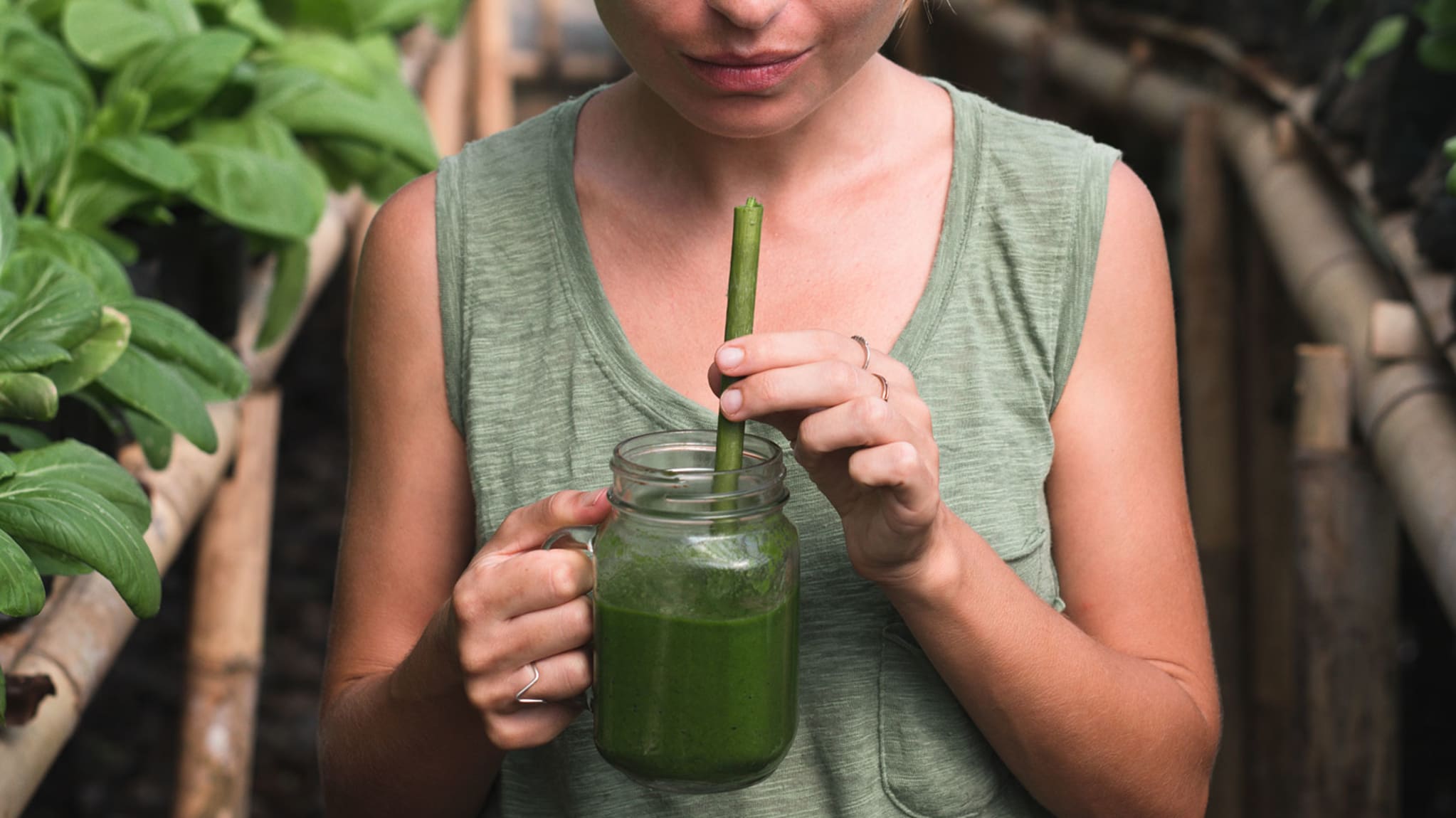How Ginger Reduces Anxiety and Innovative Recipes Using It
In neuropsychiatry, the branch of medicine that deals with mental disorders that are caused by diseases of the nervous system, topics of interest include macronutrients (fats, carbs, and proteins) and micronutrients (minerals, vitamins, and phytochemicals).
The new interdisciplinary approach to nutritional neuroscience was developed as a result of the search for foods that restore neurotransmitters and restore brain chemistry.
A report published in the journal Nutrients1 states: Psychobiotics, various animal foods, fruits, edible plants, roots, and botanicals will be considered natural sources of neurotransmitters from now on.”
Although many people experience success with anxiety-management medications, I do not believe that treating nutritional deficiencies alone will result in long-term symptoms management. In the event that somebody is taking drug while proceeding to eat a less than stellar eating routine, the fundamental actual lopsided characteristics simply deteriorate.
Why ginger is an anti-anxiety food?
Ginger is a root vegetable that is very much perceived as a type of natural medication. It is in the same plant family as turmeric and cardamom.
Beyond adding flavor to your favorite stir-fry recipe and calming an upset stomach, ginger has other uses. In point of fact, ginger is said to have a number of potent therapeutic and preventative properties. There is obvious proof of the adequacy of ginger as a cell reinforcement, calming agent2.
Additionally, it might be useful for reducing nausea. Ginger has been used for thousands of years to treat hundreds of ailments like these because it is known to lower markers of age-related oxidative stress3 like pain, inflammation, and swelling.
It has been shown in animal studies to raise serotonin levels4, which may help alleviate anxiety.
Ginger is one of the most widely used condiments in food because of its invigorating scent and delightfully tart flavor. It is believed that this pungent ingredient has a variety of remarkable pharmacological and physiological effects because the resin that comes from its rhizomes (roots) contains numerous bioactive components.
In recent years, there has been a significant rise in interest in ginger. We now know from scientific research that ginger works as an anti-inflammatory by inhibiting the biosynthesis of inflammatory mediators prostaglandin and leukotriene5 and suppressing the action of COX-2, the enzyme that causes pain and swelling.
The anxiolytic (anti-anxiety) activity of ginger is very real, as demonstrated by a number of valid and dependable studies from the 1990s6.
Approaches to consolidating ginger in your nervousness free kitchen:Cut it up and bubble it to make ginger tea.Juice it and add it to smoothies.Near the end of the cooking process, add a few drops of ginger extract or essential oil.Produce the subsequent Super Greens Juice.
Ingredients:
1 cucumber
1 green apple or ¾ cup pineapple
3 celery stems½ cup kale½ cup spinach
1 cup broccoli sprouts
1 modest bunch of new parsley½ lemon, stripped
1 thumb-sized piece of ginger
Method:
Juice all the ingredients in your juicer and drink.If you want a sugar-free juice, make this recipe without the apple (or pineapple). This is something I do often.







